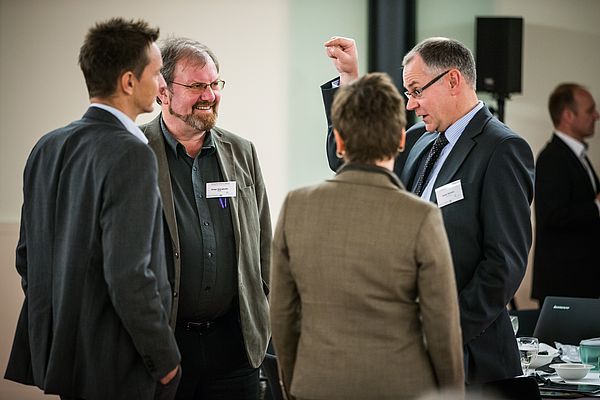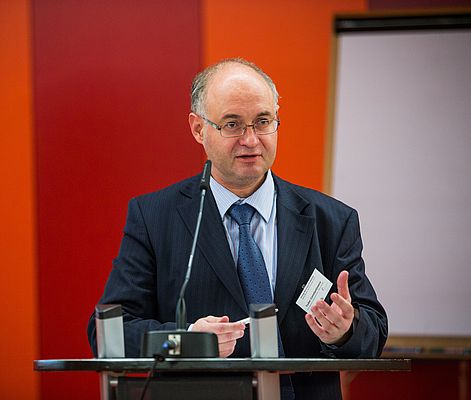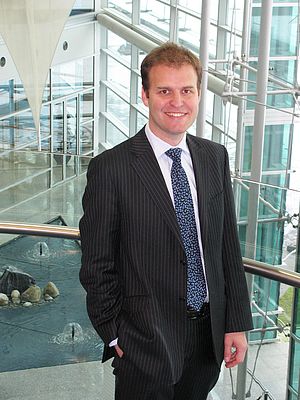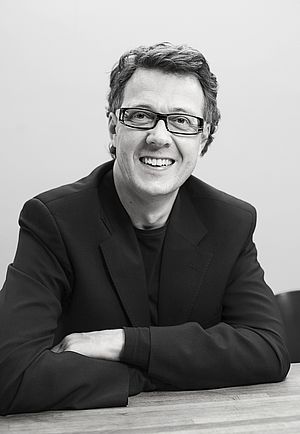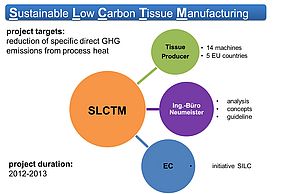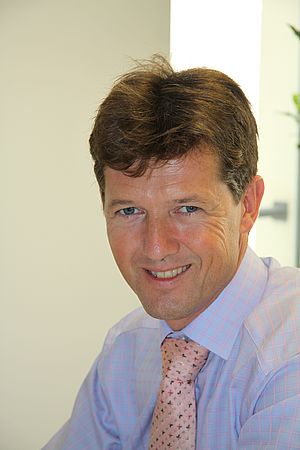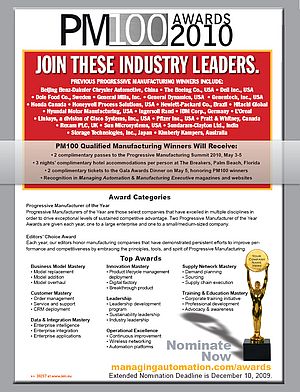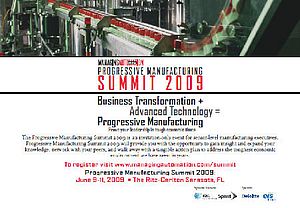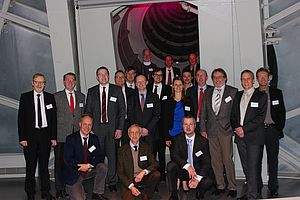Early in the setting up of Energy Efficiency in Industrial Processes (EEIP), industrial waste heat and energy recovery has been identified as a major potential for improving energy efficiency in manufacturing industries. Much of the technologies used (cogeneration, heat exchangers, heat pumps) exist and have been used for some time. National and European regulation of industrial waste heat and energy recovery has been variably supportive, and there are many successful projects in energy-intensive industries in Europe. Still, major potentials are outstanding. In 2007 it has been calculated that industrial processes generate 140 terawatt hours of industrial heat that could be recovered. Converting only 10% of this energy into electricity would generate over 14,000 megawatt hours of CO2-free power.
Why are we not doing this? Is it because of insufficient proliferation of energy recovery technologies, regulatory uncertainties, lack of access to district heating networks, energy prices, financing, or combination of any of these?
EEIP initiative to bring industrial waste heat and energy recovery to the forefront to the discussions on industrial energy efficiency has received a great support from the European Commission, DG Enterprise & Industry with a grant under SILC (Sustainable Industry Low Carbon) programme. Facilitating the promotion of the best practice in industrial energy recovery at Finnfjord AS (the world’s most efficient ferrosilicon producer), EEIP focused of the challenges and solutions to more widespread of industrial energy recovery. Looking at the full picture, from technology, regulation to finance was the goal of the first EEIP Congress, held in Berlin on 24-25 October.
Held at Meliã Hotel Berlin, the Congress was supported by EEIP Partners Finnfjord AS, Elkem, Schneider Electric; sponsors, CP Pump Systems, Turboden, Reining Heisskühlung, MAN Diesel & Turbo, Dürr, Norsk Energi; and supporters Thomas Industrial Media, Hannover Messe Global Business & Markets and energynet.de.
By the time the Congress came to an end and participants started to say good-bye to the many new business contacts they have made. A key question has to be answered: What´s next?
The answer to this question determines if the event was just beneficial to the participants alone or if it becomes impactful beyond the days of the event alone. Too often, knowledge increase amongst participants and some new business contracts resulting from contacts made are the main outcome of such congresses. That is not bad but that´s not enough. That´s not good enough.
An event such as the October 2012 European EEIP Energy /Waste Heat Recovery congress should only be the starting point, the reference point to develop the new ideas, new insights and conclusions further.
So, looking back at the EEIP congress, what was the outcome?
Technology
Generally there was an agreement that there is enough proven technology out there to make energy efficiency in industry happen. That does not mean that there is no innovation. Dürr presented e.g. heat exchangers made out of plastic being able to work in corrosive environments. It just says that technology is not a bottleneck.
Expertise
Process expertise rather than product expertise and the ability to apply this expertise seems to be a shortage. Processes are often not only sector but also site specific. The application of energy recovery technology to an existing process is frequently requiring individual adaptations. For a company like Finnfjord, a presented example, running its production 24/7, the downtime caused by retrofitting and potentially additionally maintenance is a key business risk. Only suppliers with in-depth expertise on products AND processes are seen as “good enough to interfere with my processes”.
Financing
Money is not the problem but connecting or channeling the money into industrial energy efficiency is still a strong bottleneck. It is primarily a knowledge challenge as new ways of financing utilizing capital markets as well as capital market requirements are not broadly known or understood. On the other side, capital market investors have often not enough in-house technical knowhow to evaluate projects. A lot of work on awareness, the reduction of transaction costs (e.g. through new contractual models) and financial engineering has to be done to overcome this bottleneck.
Strategy
Energy efficiency is often tackled from an engineering perspective. The congress has shown a broad consensus that energy efficiency investments need to be rooted in company strategy. And that means company boards are to be involved – the so called “C-level” - resulting into the necessary commitment to provide enough resources and finance to make them happen. This logically means that strategy consultancies such as Bain need to be integrated into the discussion as well. So far, when it came to the role of consultancies, the focus was far too much on the technical side
Policy
There is still a lot of uncertainty about relevant EU policies. How will the national implementation of the Energy Efficiency Directive look like? What will be the impact of the EU Emission Trading Scheme (3rd phase to start 2013)? Or what will be the effect of the Roadmap 2050? This requires constant communication and engagement amongst business and between business and policy. Which national measures work best? What can be done to “hedge” the risk of price uncertainties of energy and how to reduce costs in the light of the new ETS period?
However, energy efficiency is clearly seen as part of broader industrial policy thinking. Its potential of making European industry more competitive and innovative contributing to industrial recovery in Europe was equally highlighted by European Commission and German Parliament speaker.
So far the outcome – but what´s next?
There are two main routes:
Route 1:
The congress itself was part of an ongoing EU project (the ER>ER project) to showcase a best practice example for waste heat recovery in the energy intensive industry. EEIP will use its platform to disseminate the example and engage with the European energy intensive industry across all sectors. EEIP together with Finnfjord develops a best practice framework which can be used as a reference or starting point to quickly evaluate factors relevant for the applicability of own waste heat recovery solution. One activity will be a 1-day invitation only event onsite at Finnfjord in Norway to discuss the framework with energy intensive industries at the real live example (24 Jan 2013). The final event will take place on the 5th of June 2013. Energy intensive industries, relevant suppliers and solution providers as well as financial market actors will be invited.
Route 2:
Bringing stakeholder together, raising awareness about the barriers, exchange of good practice and solutions to overcome the challenges – this will be the ongoing role of EEIP as a neutral, open and free platform for industrial energy efficiency. We do so using EEIPs multiple channels, ranging from portal to twitter, from facebook to newsletters, from XING to LinkedIn. To engage with stakeholder wherever they are. We will also build a new industrial energy efficiency expertise directory, leveraging a community base of nearly 20.000 members with hundreds new every week. That will allow search for specific expertise in specific places. And we will ongoingly engage with strong partners, such as DENEFF for the congress or Hannover Messe 2013 (dedicated finance event on Monday, 8th April, 15-17h, Hall 13 with Global Business & Markets and new our partnership with Hannover Messes Industrial Greentech).
That´s our approach and that´s our promise to our partners and the entire EEIP network. The congress was great but it was only the starting point – stay tuned!
Path to Energy Recovery:
Impressions from EEIP Congress
- by TIM Global Media BV
- November 15, 2012
- 3260 views



